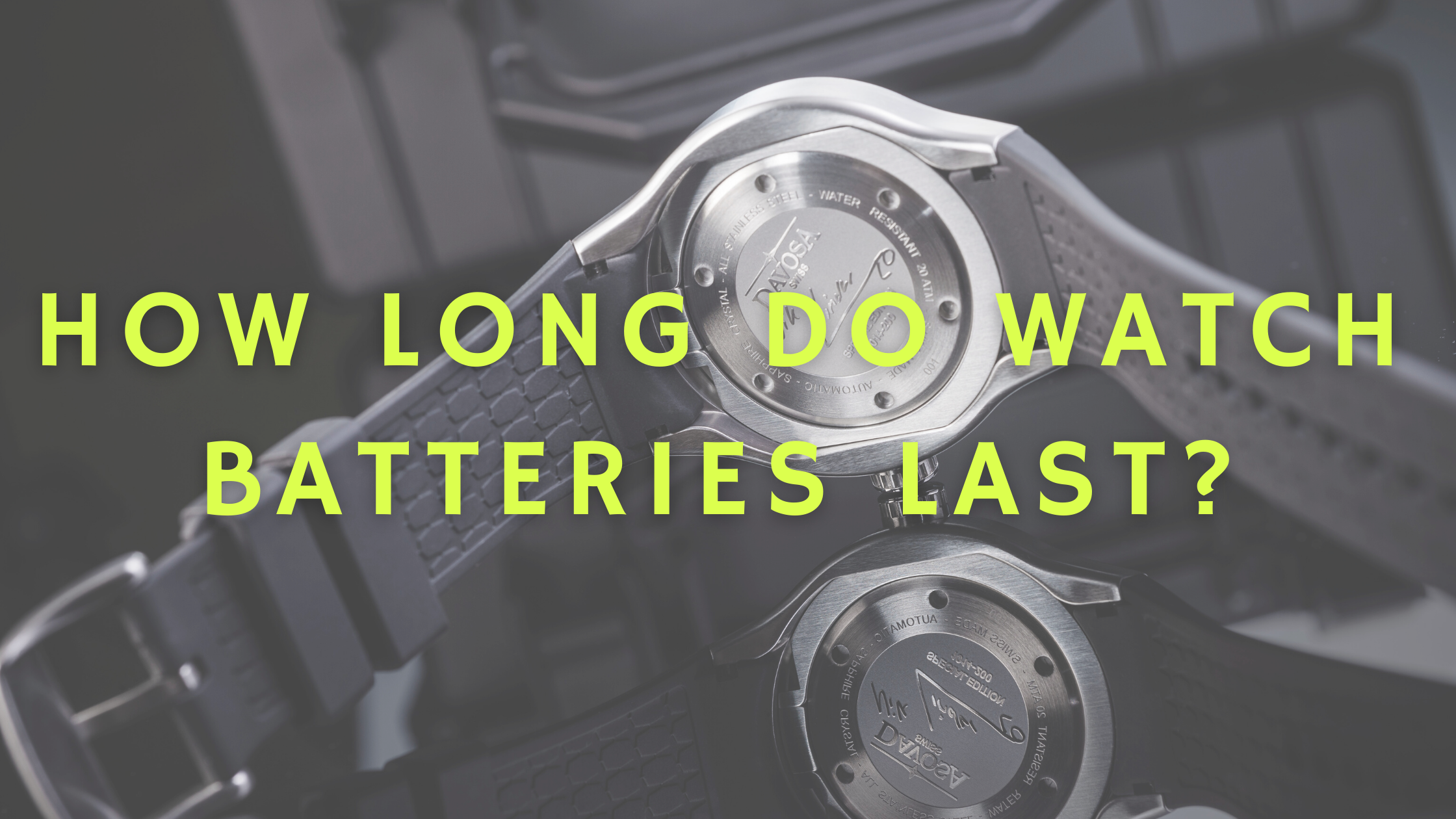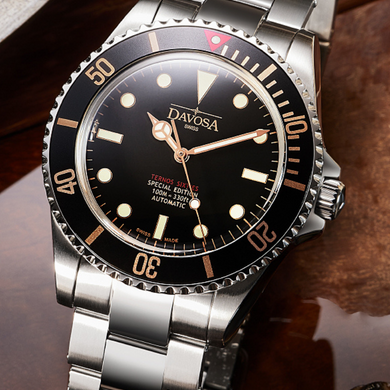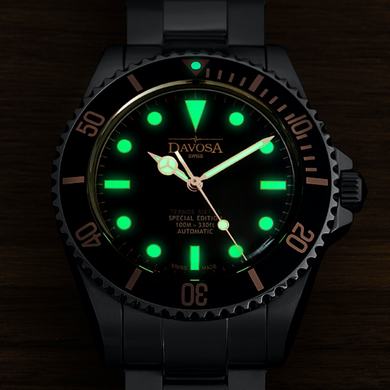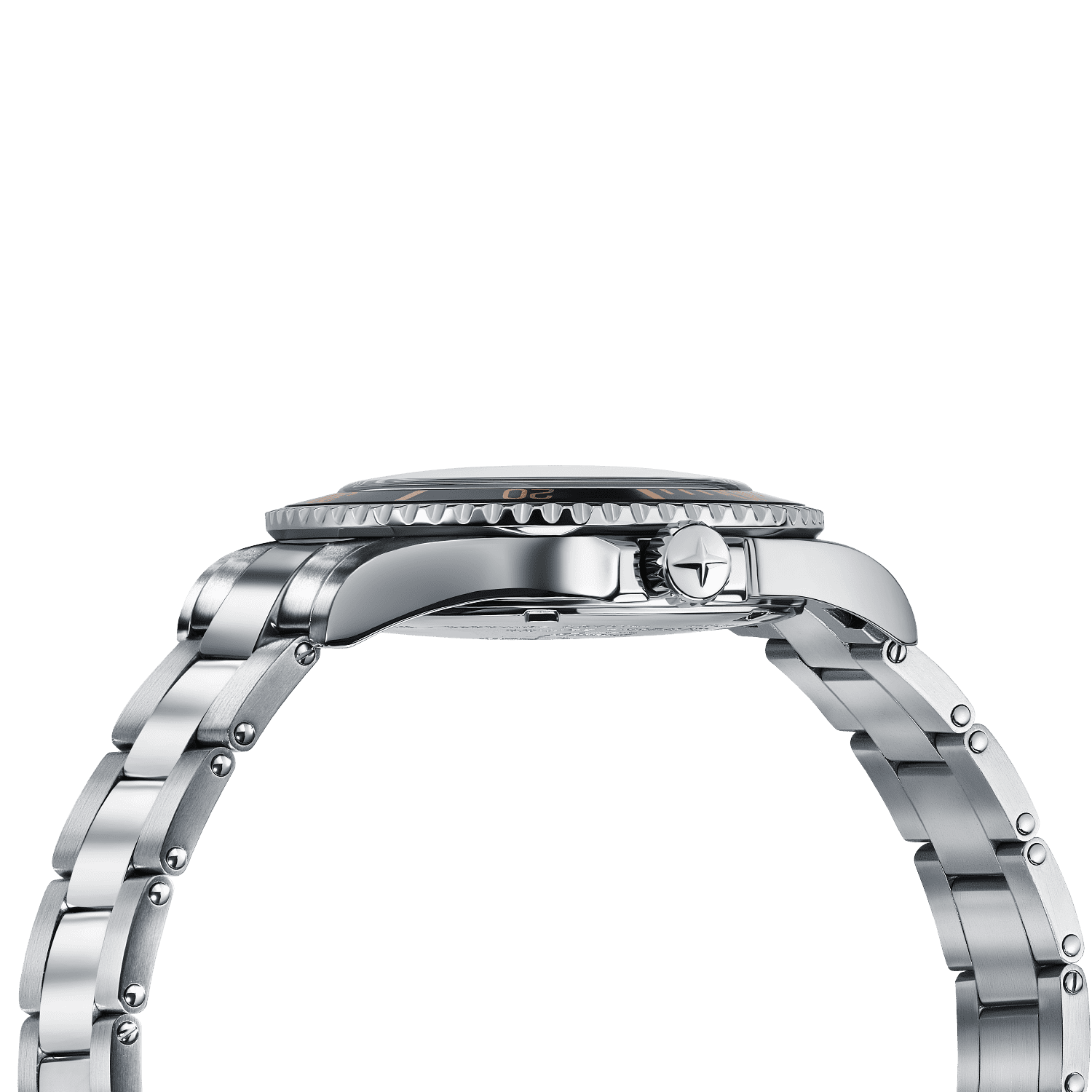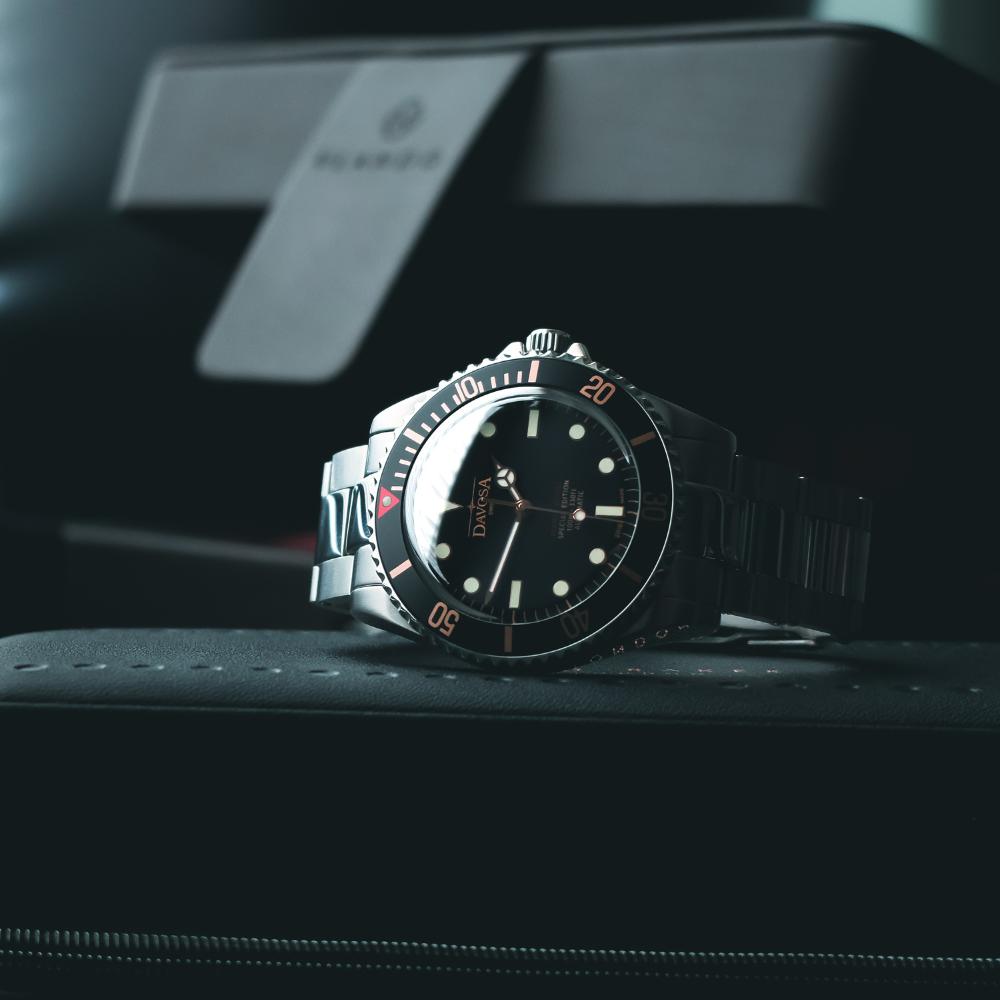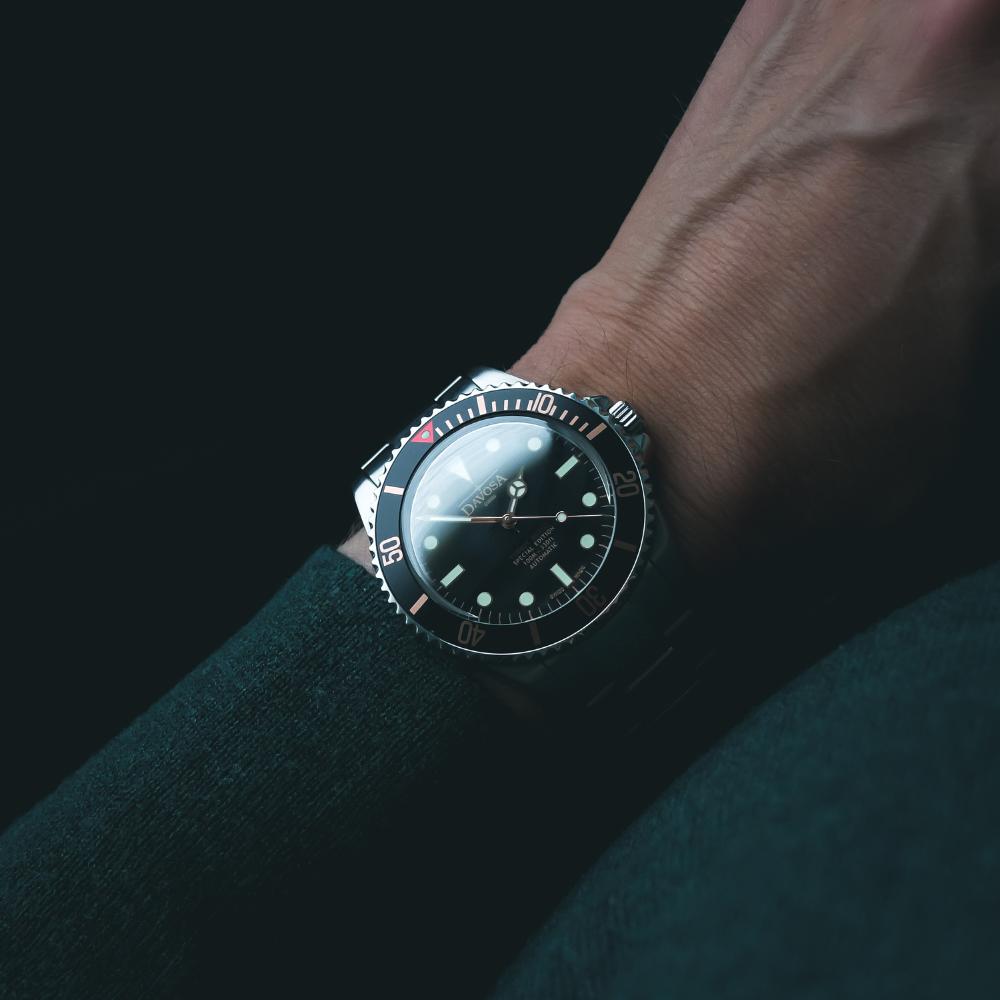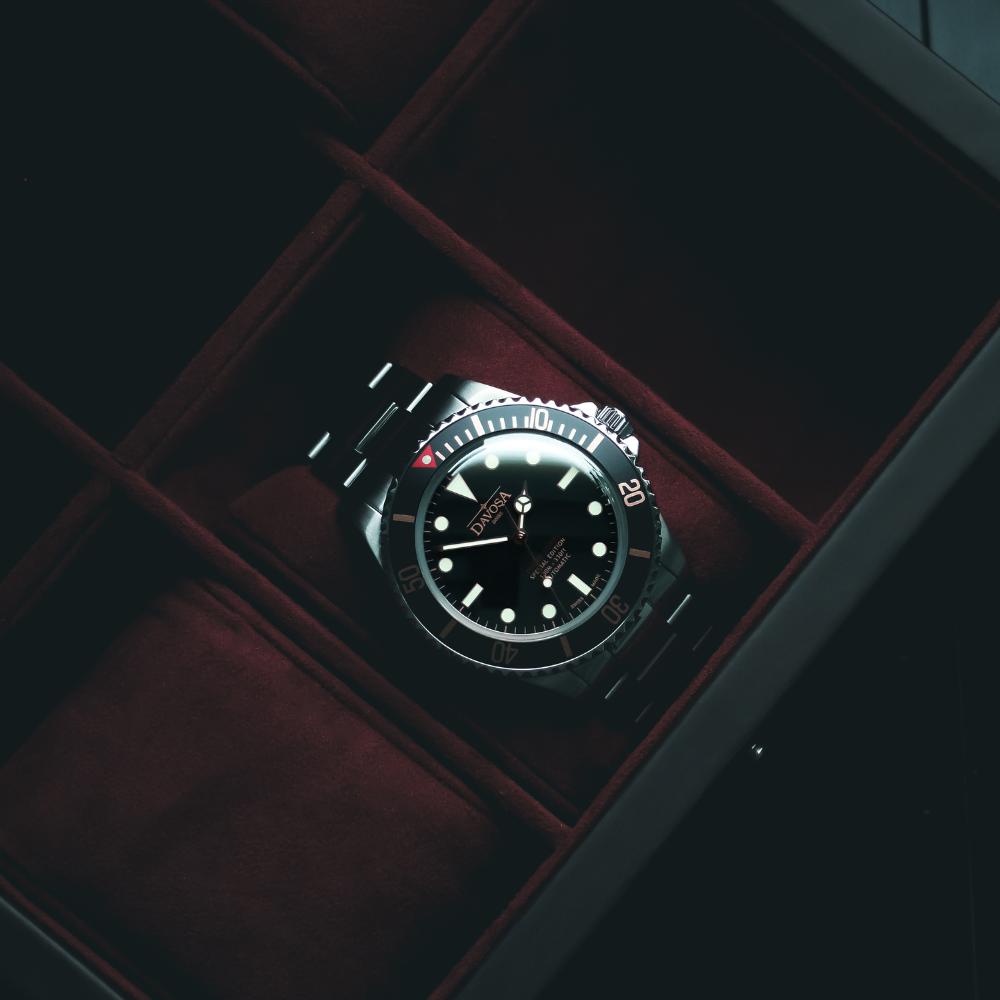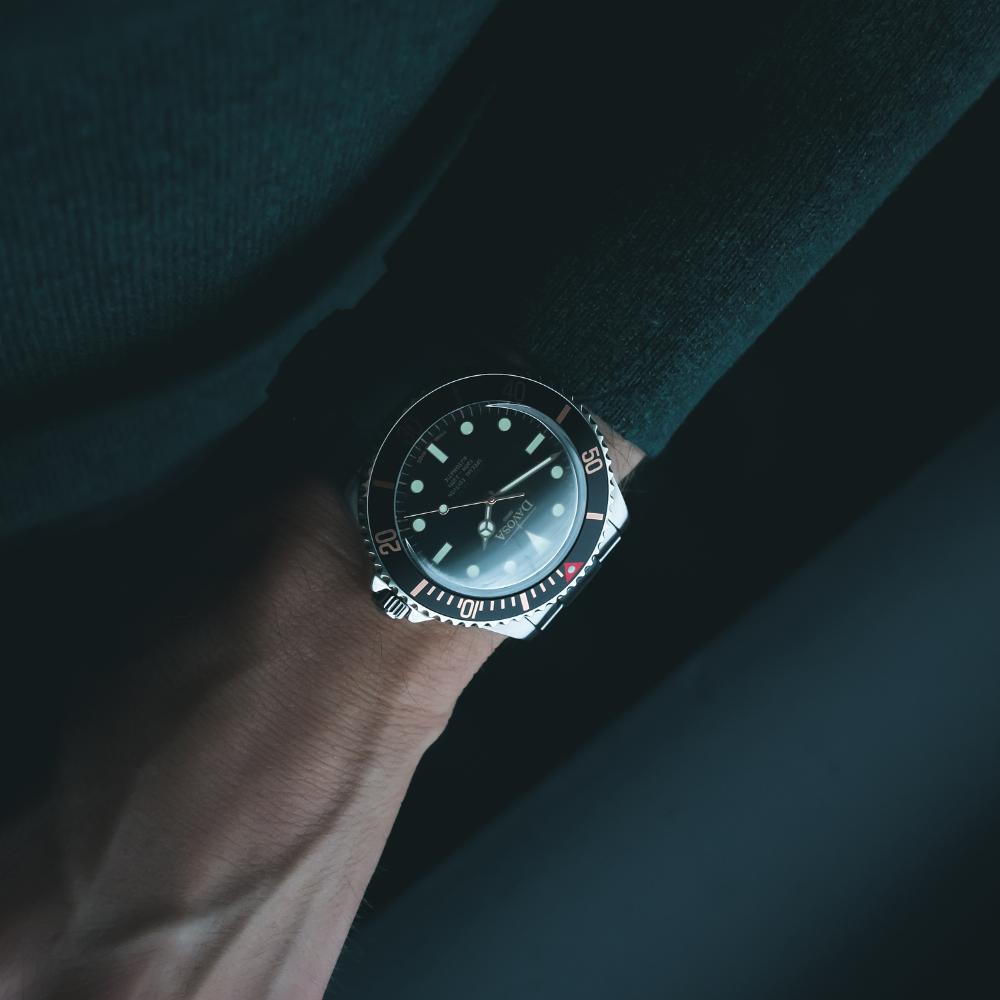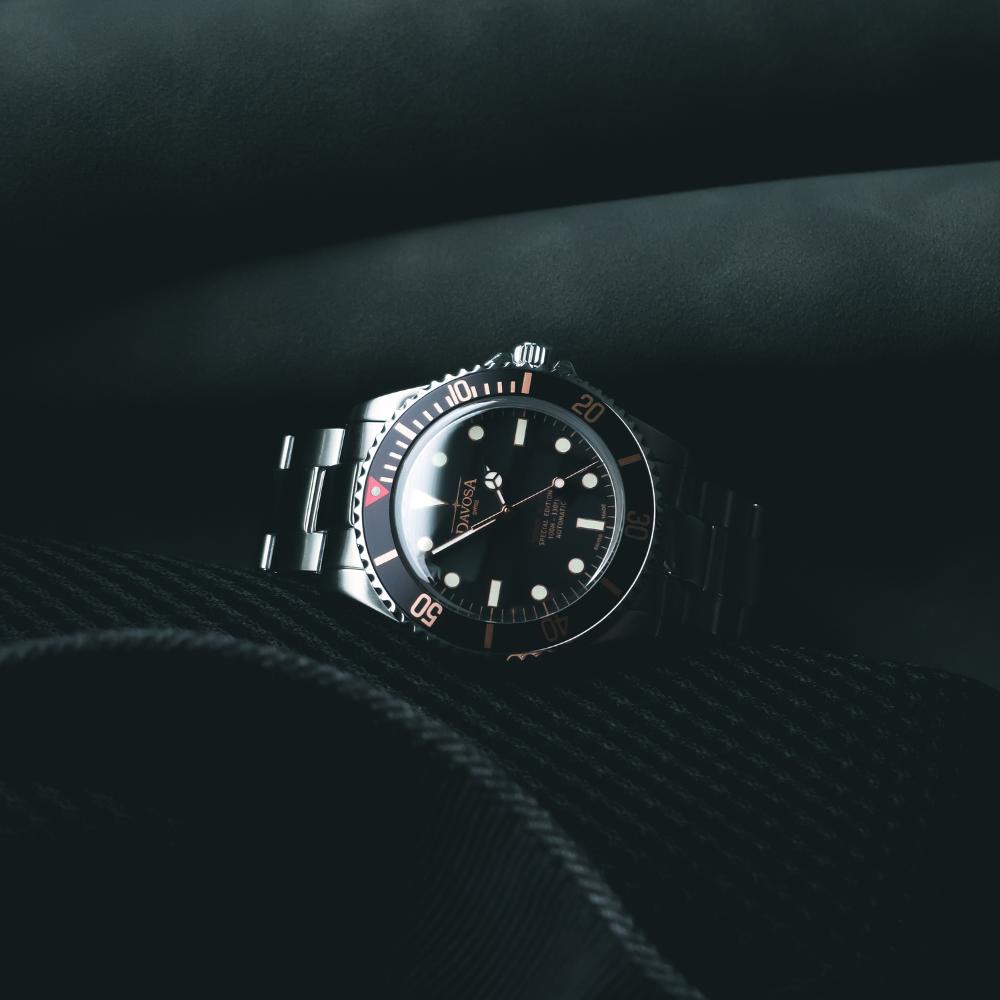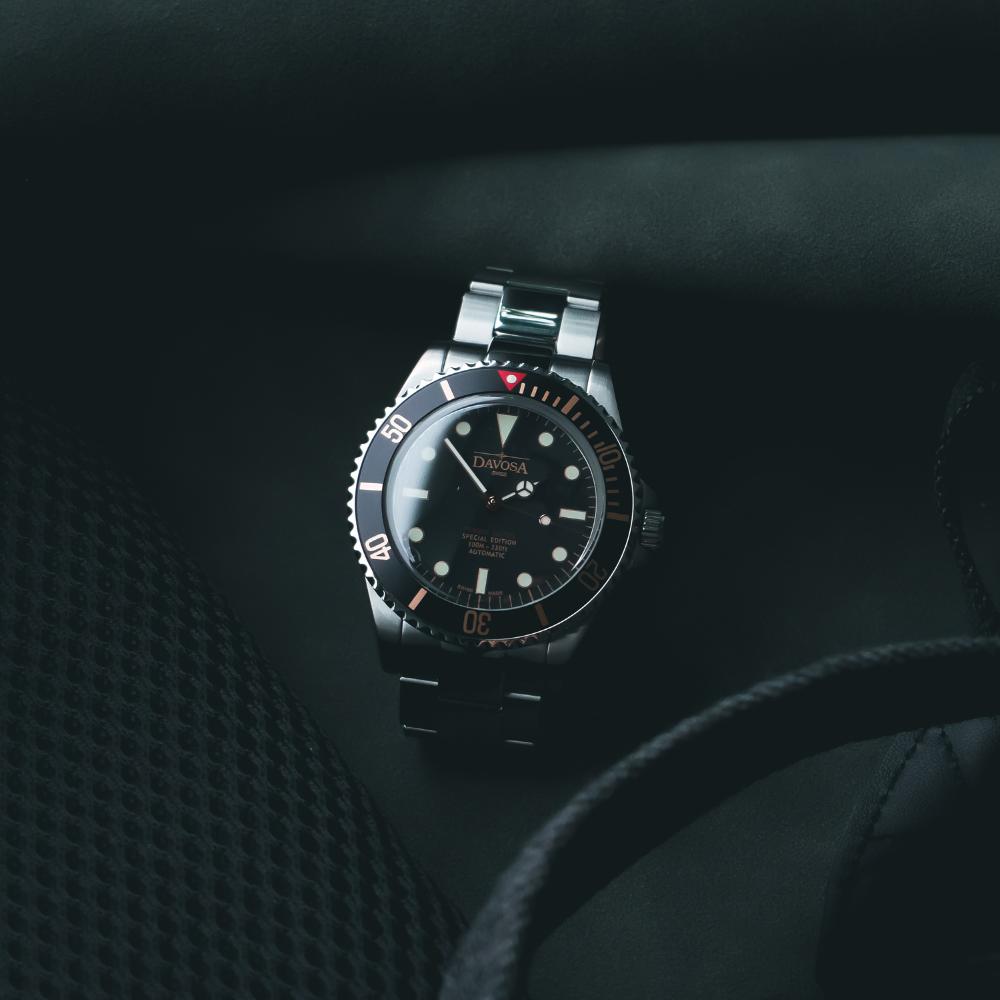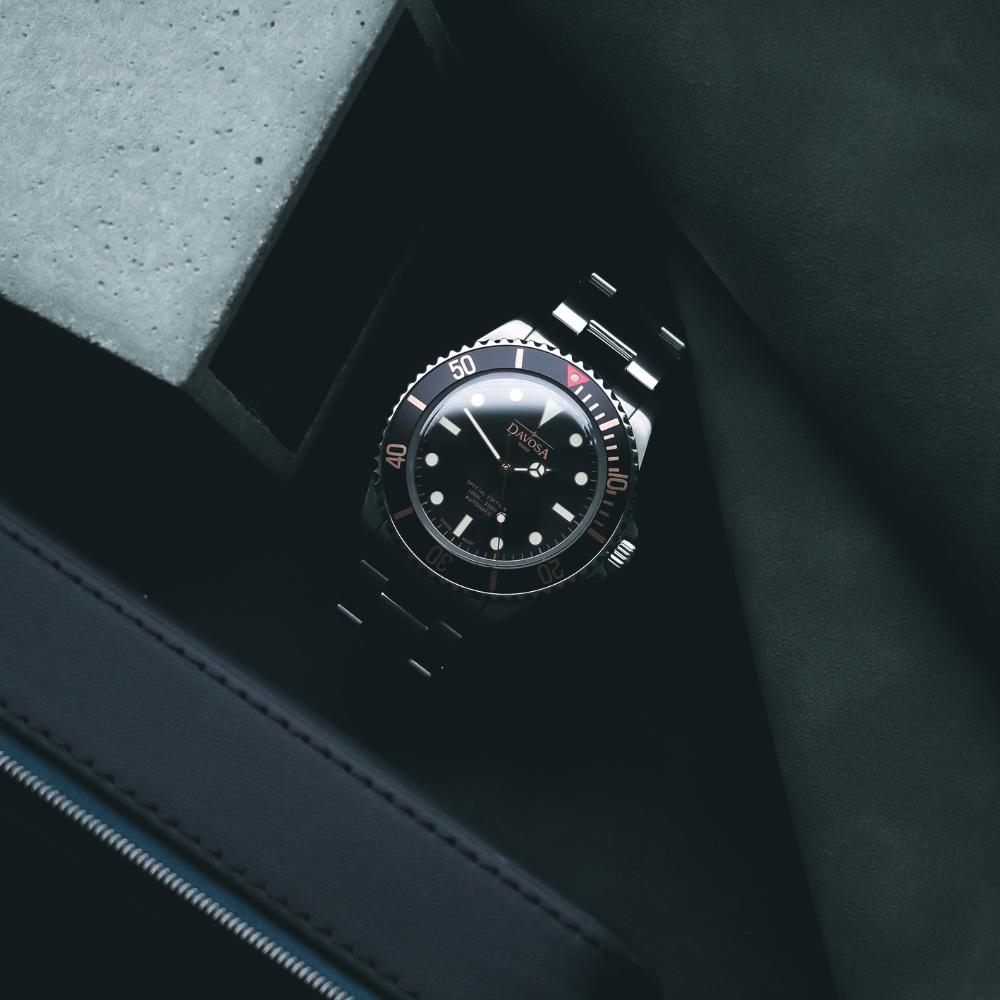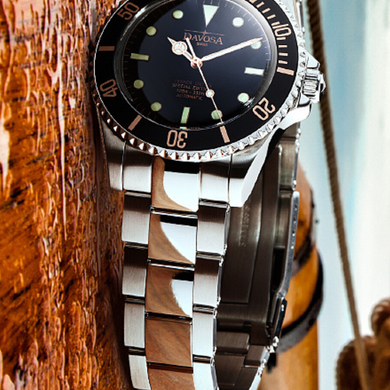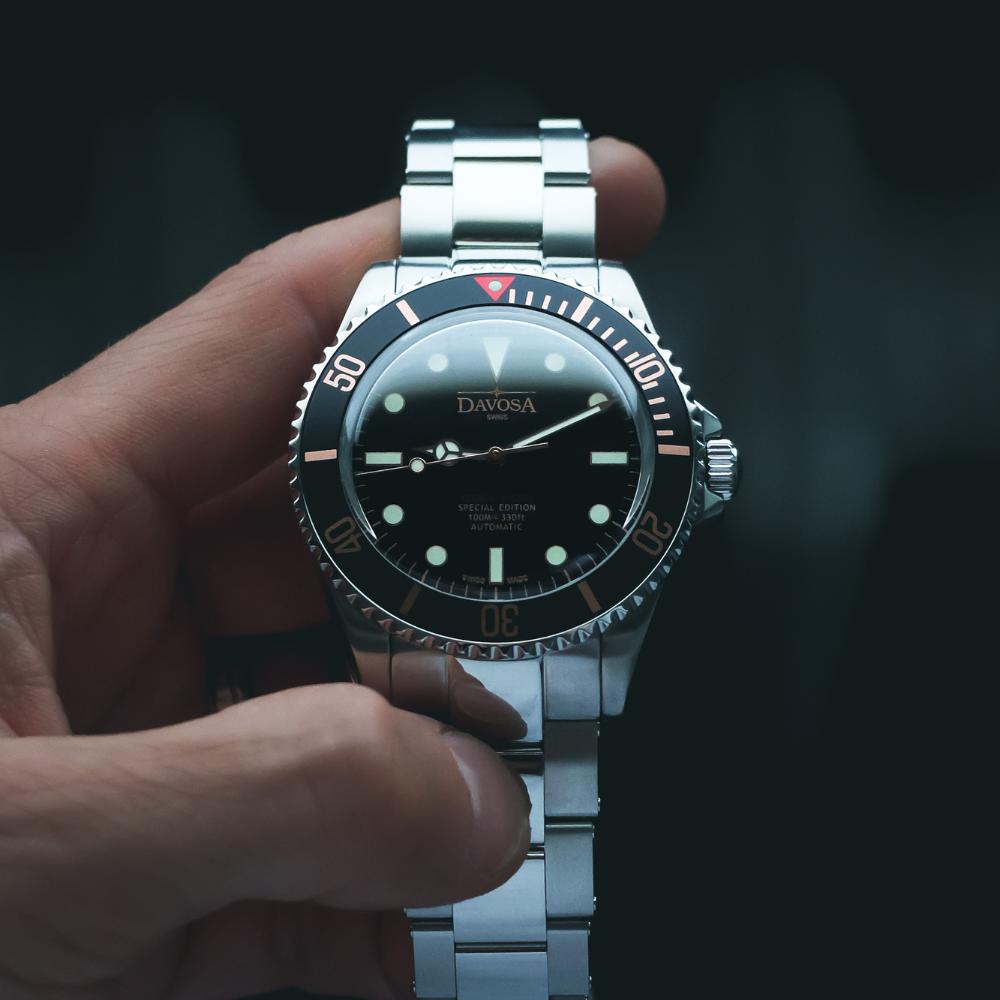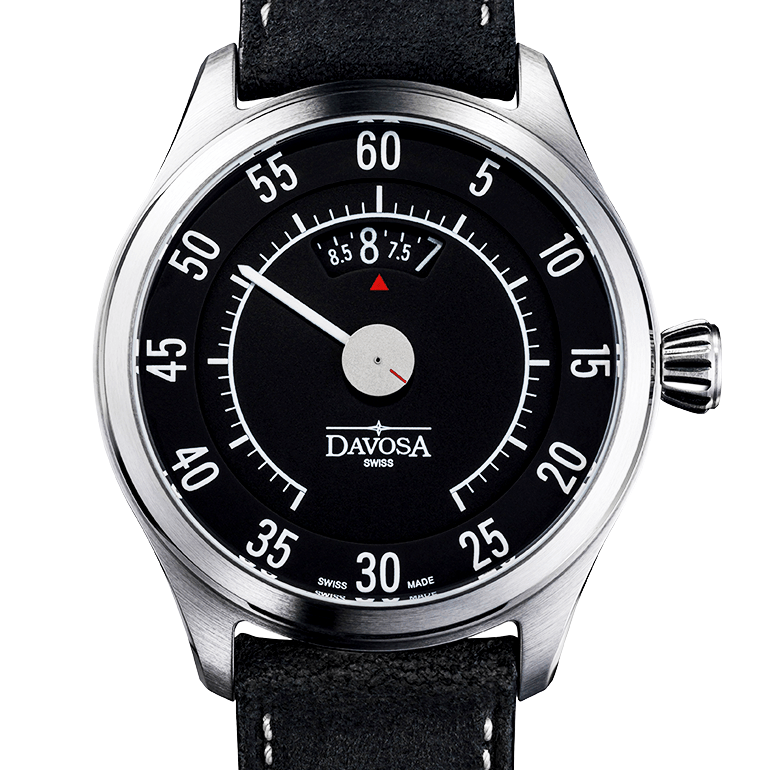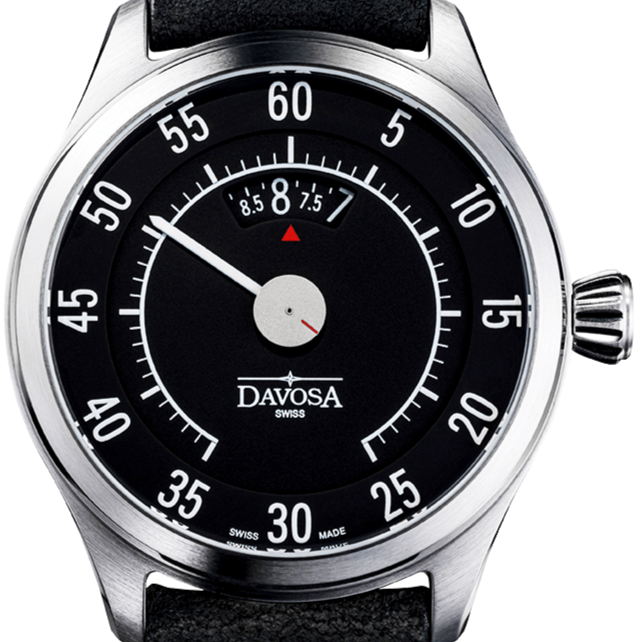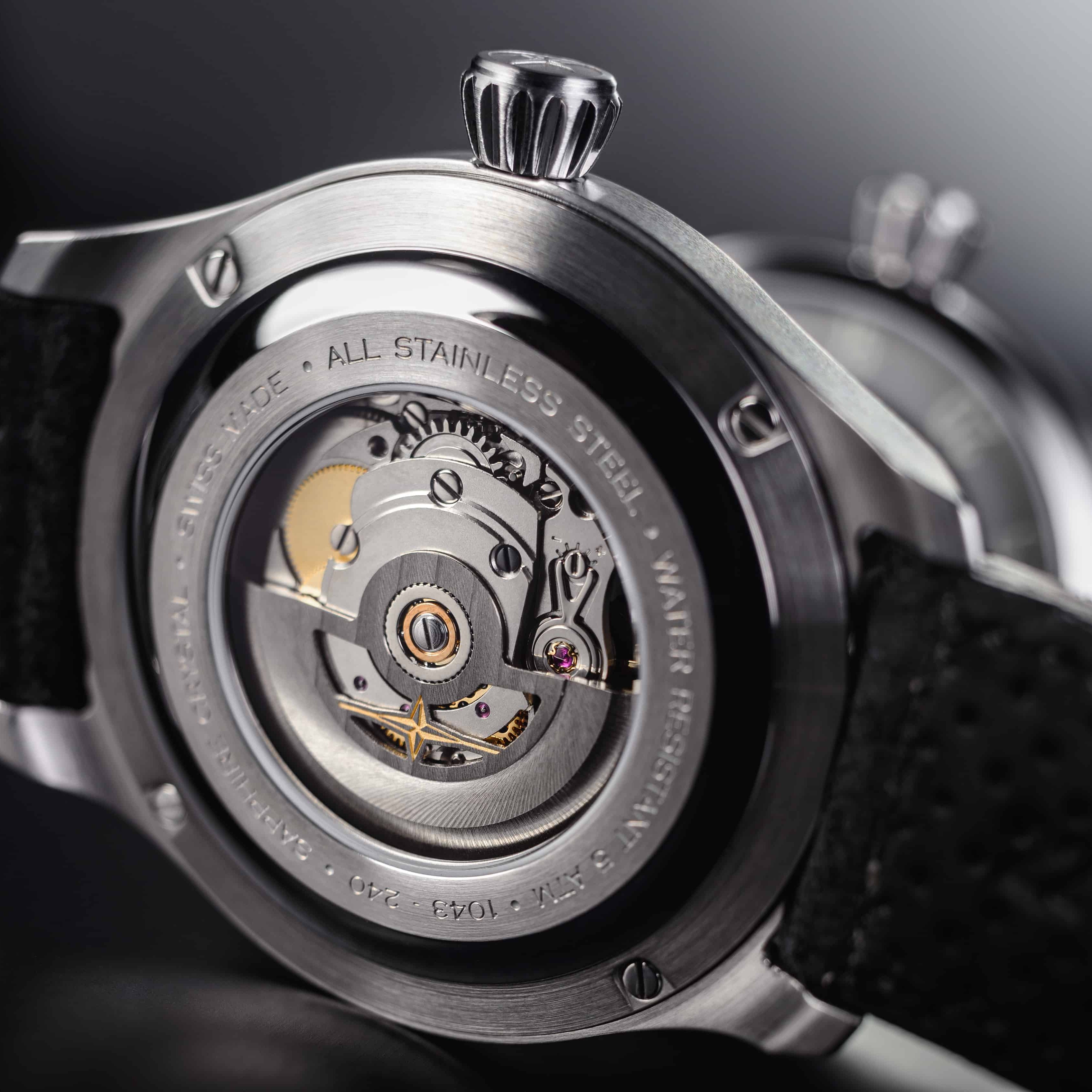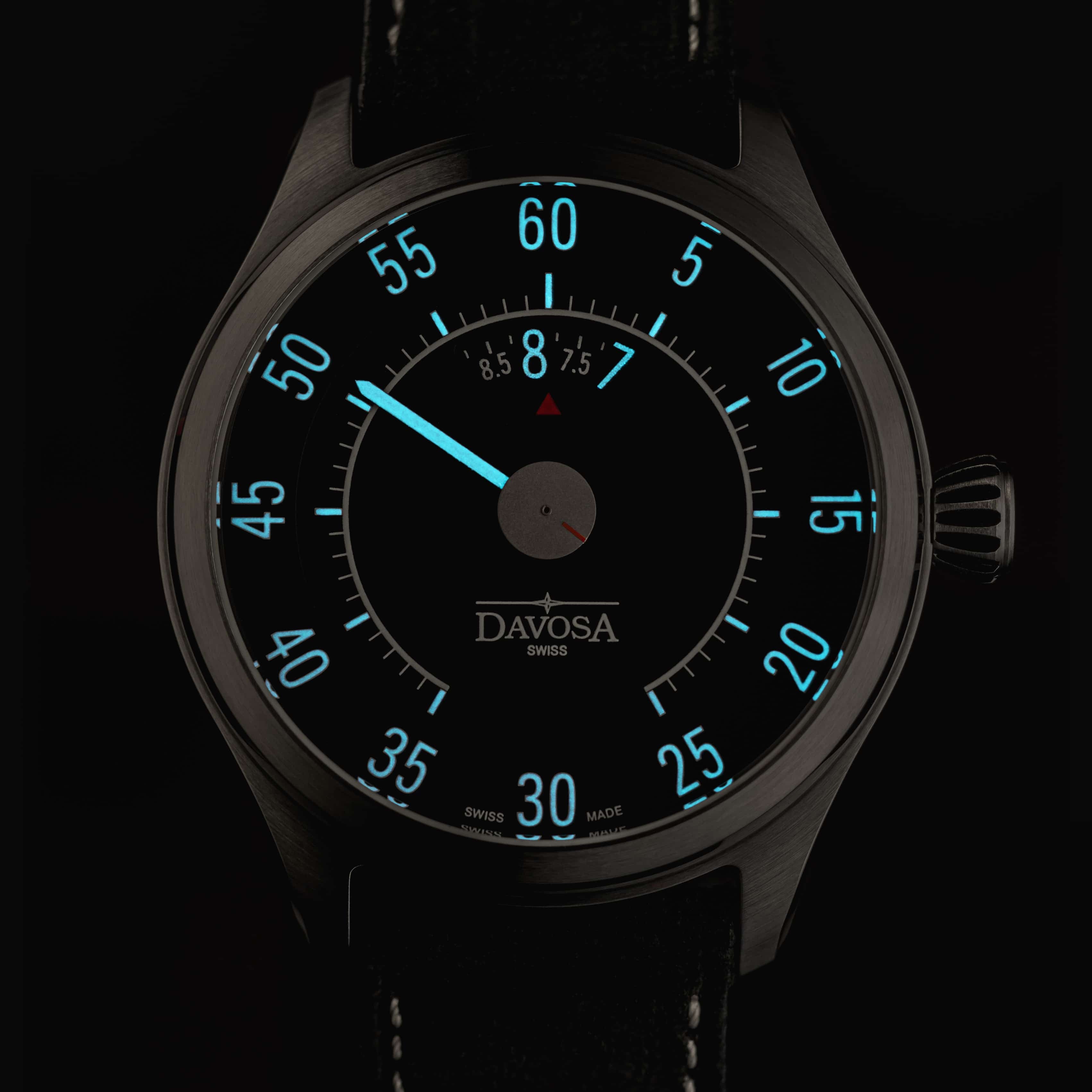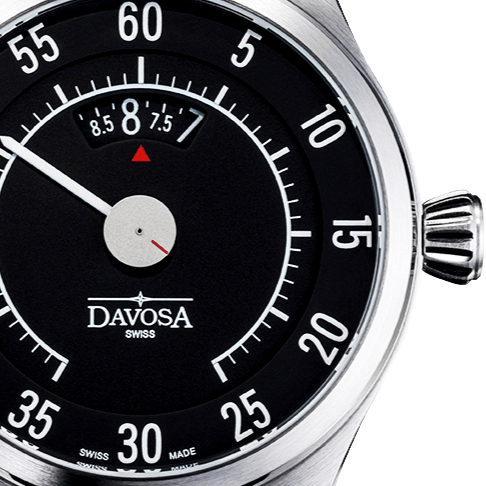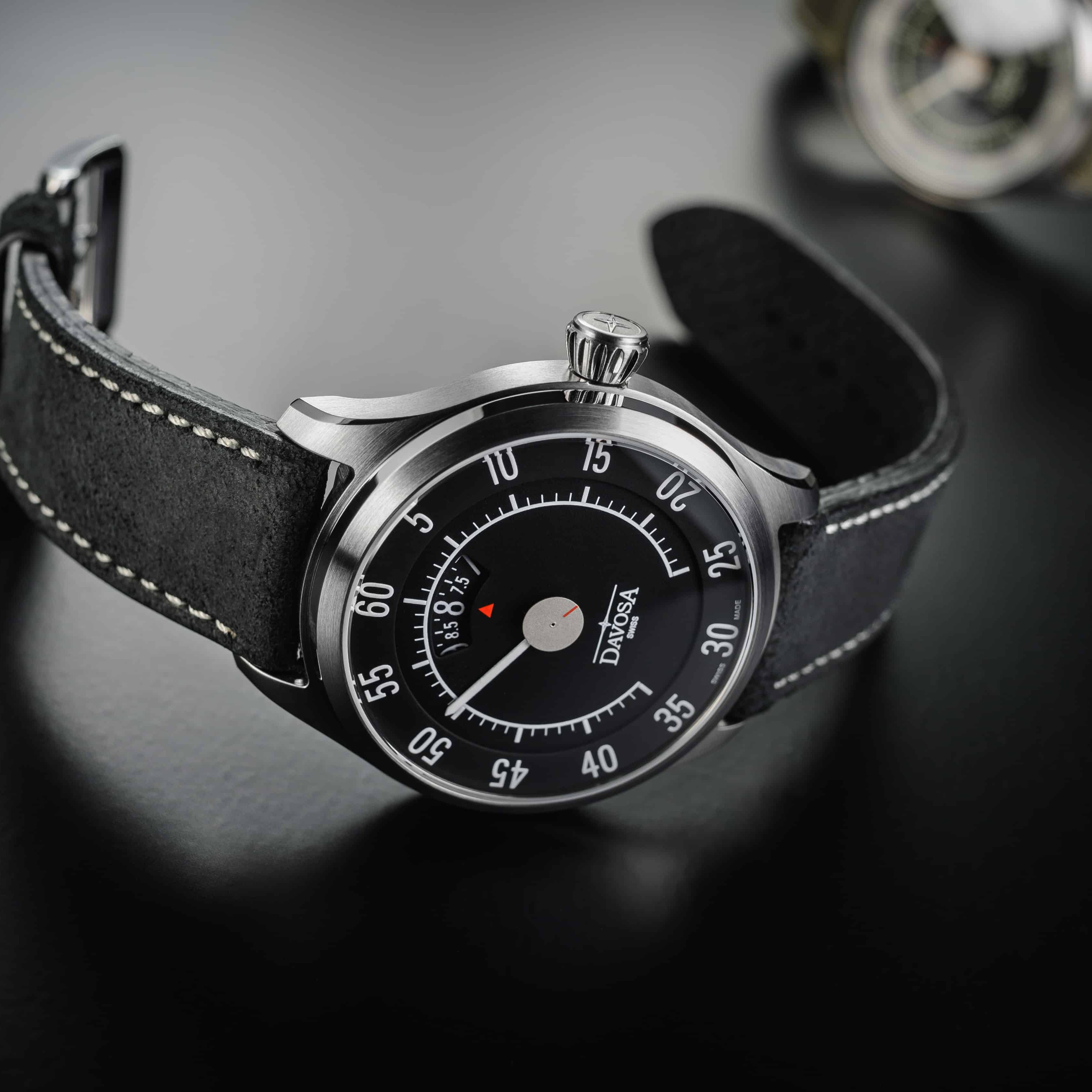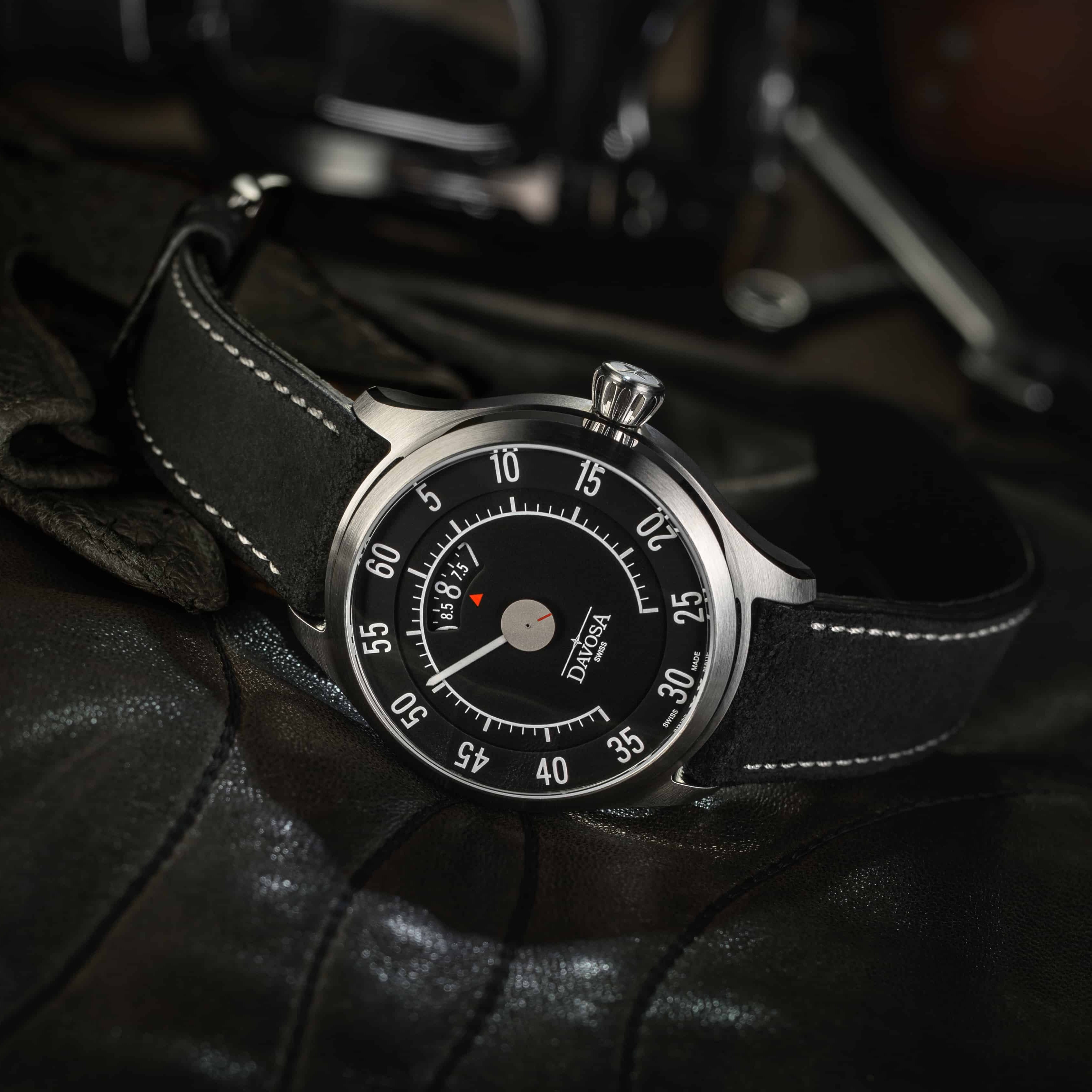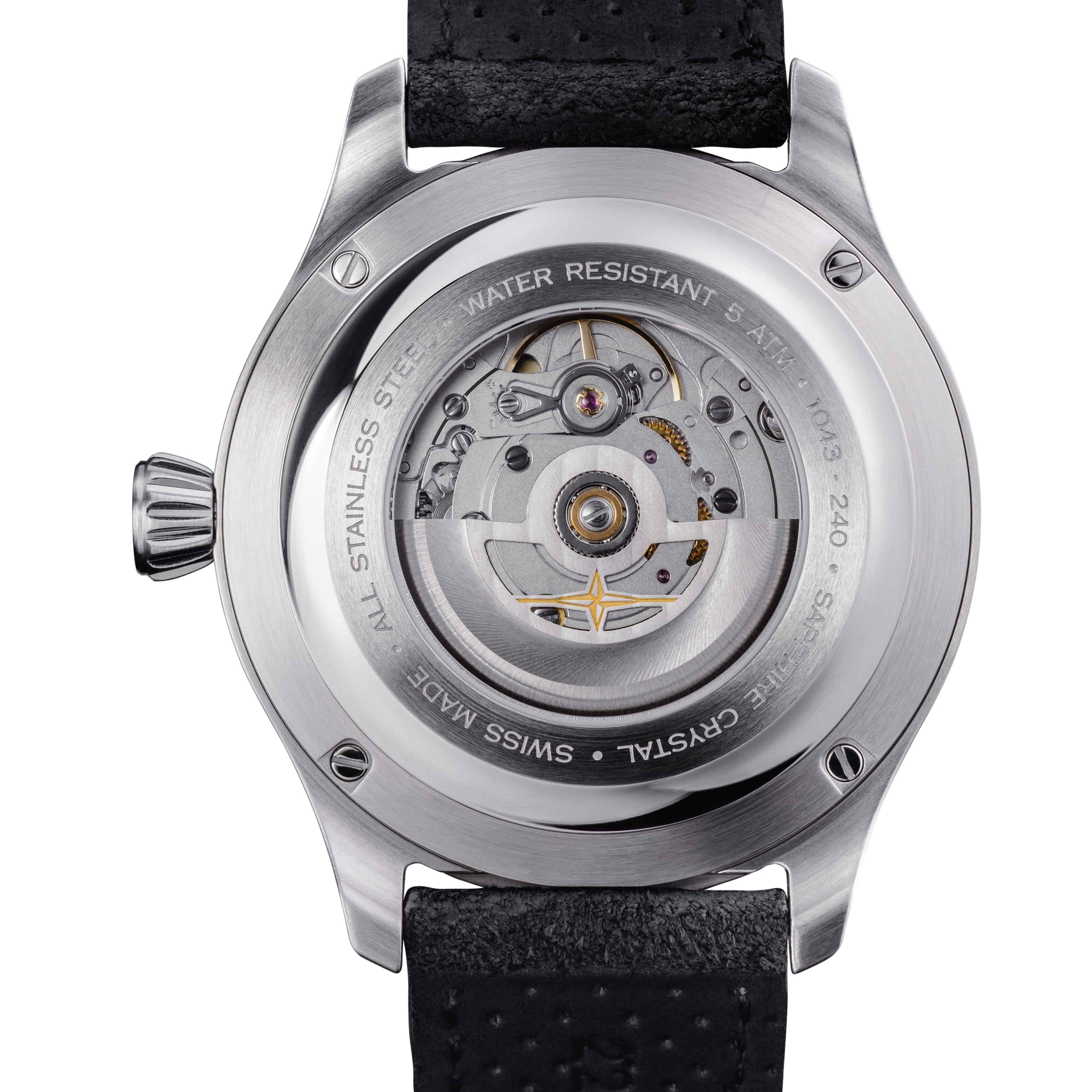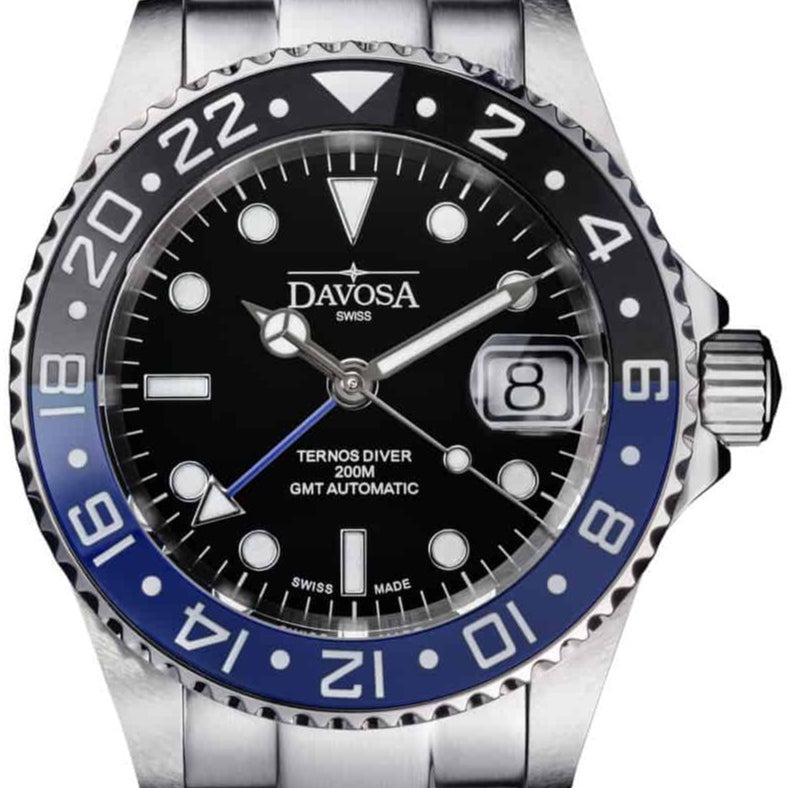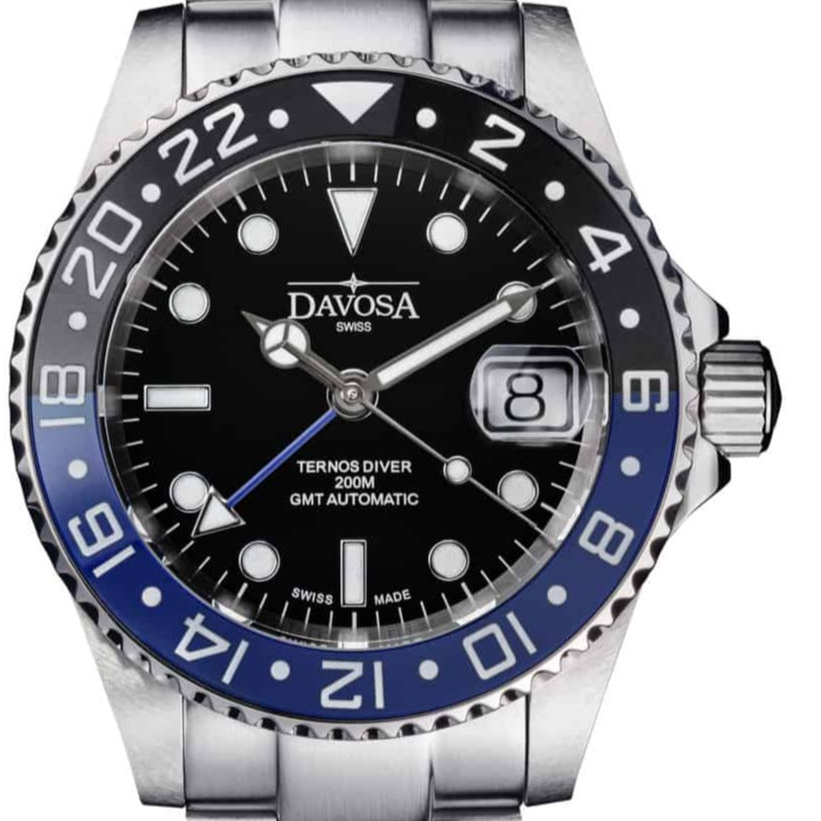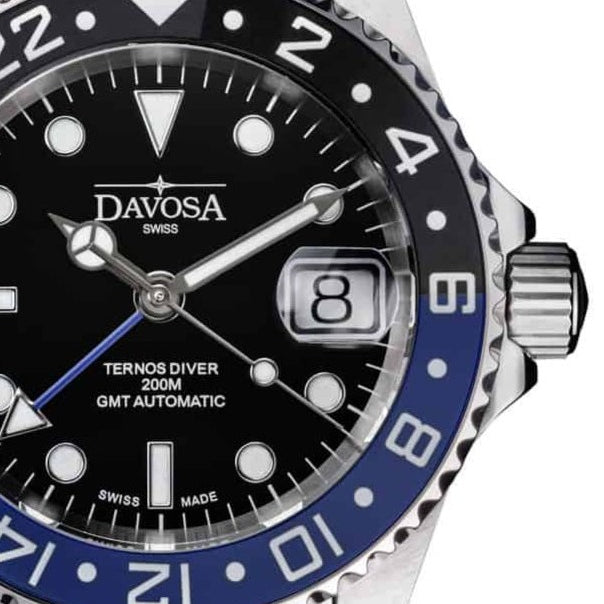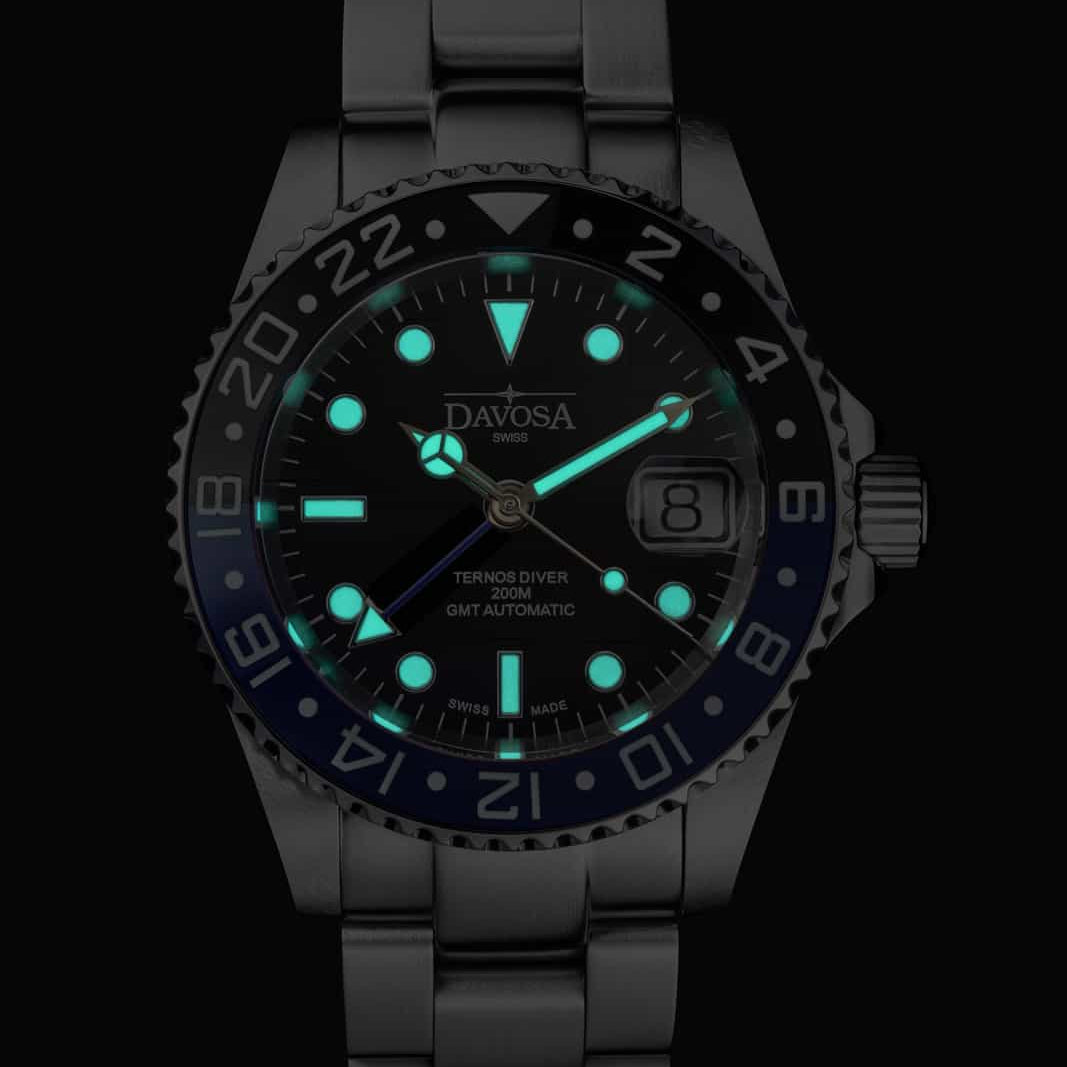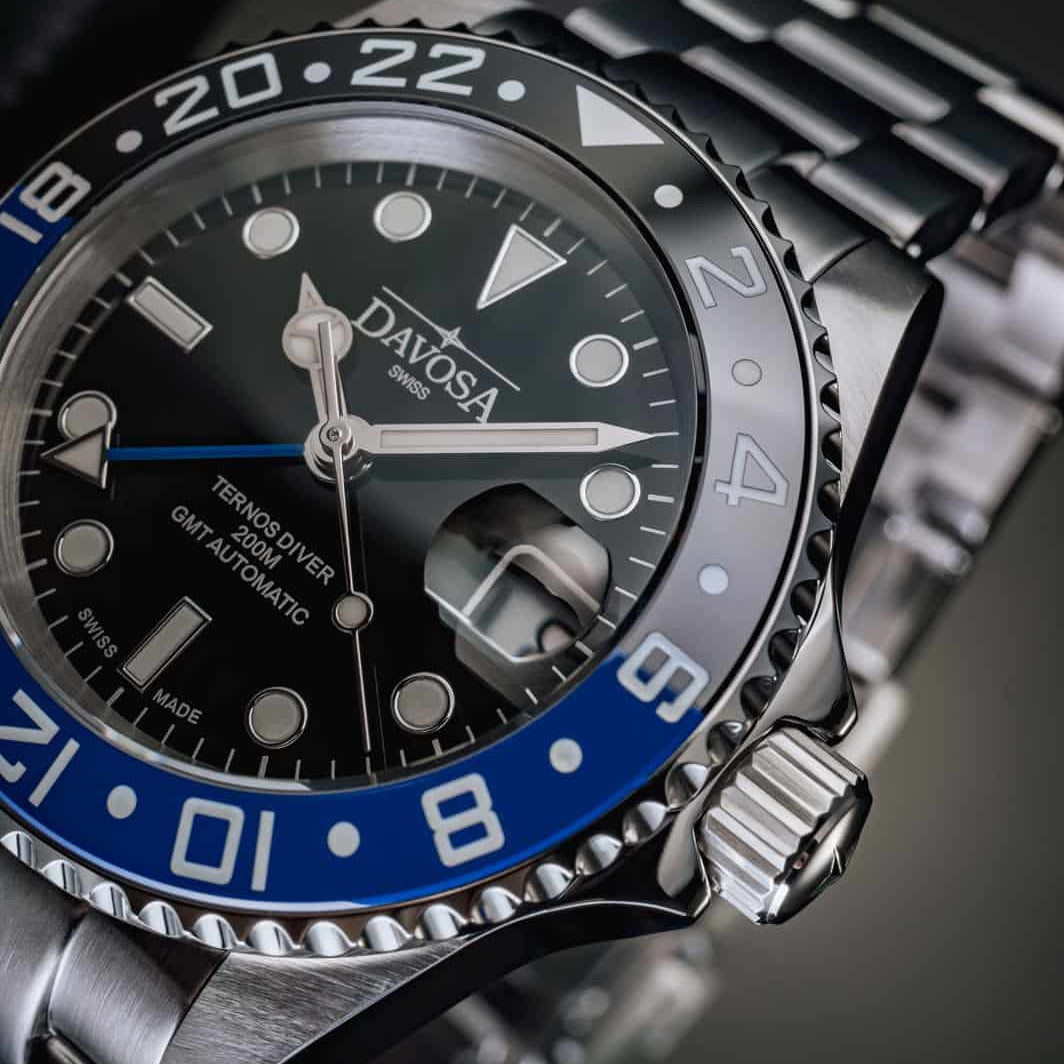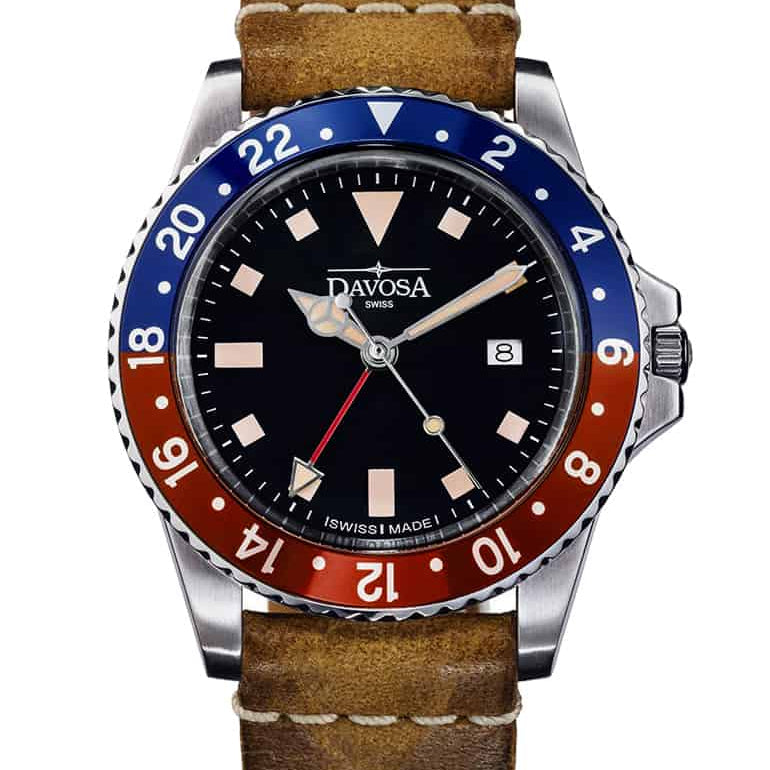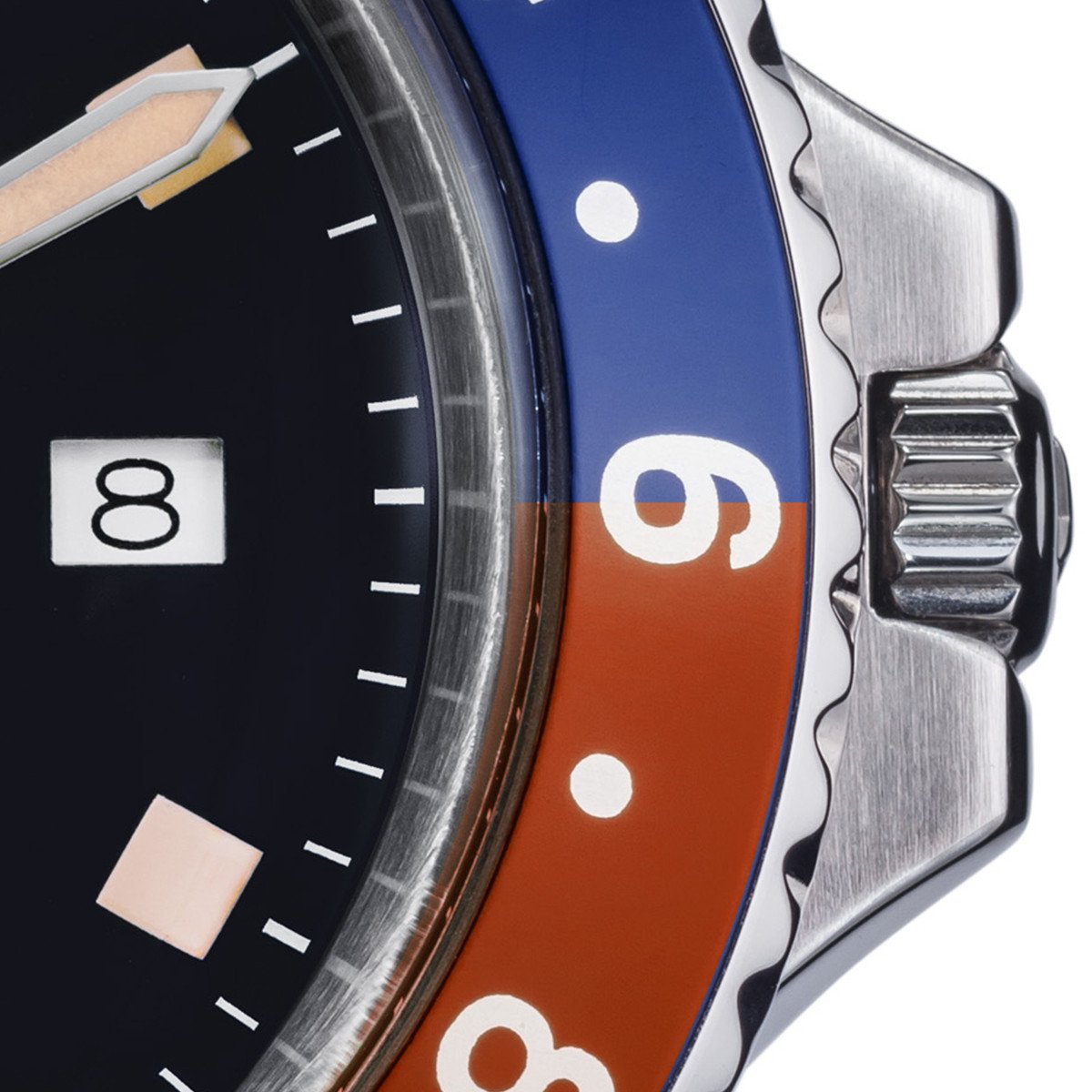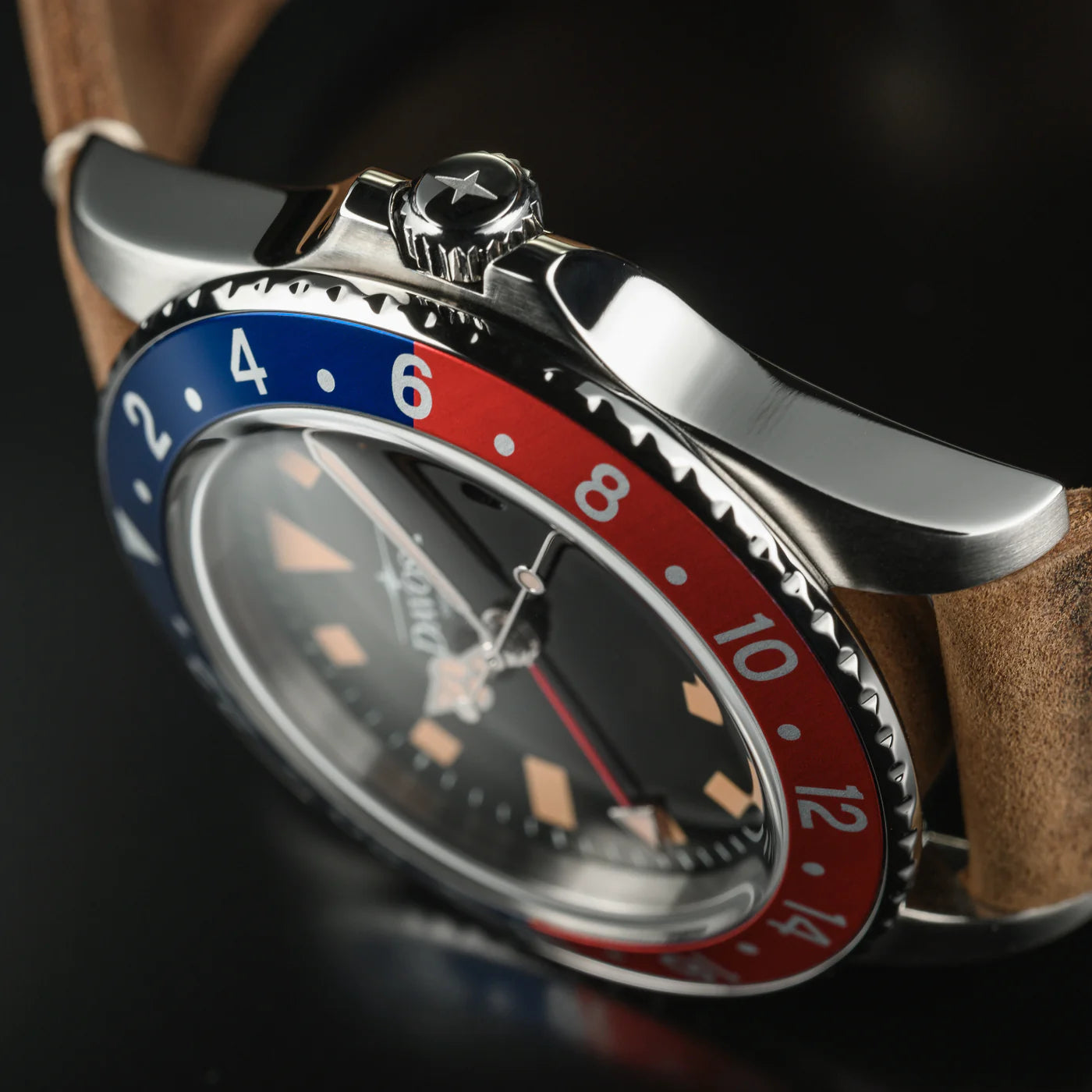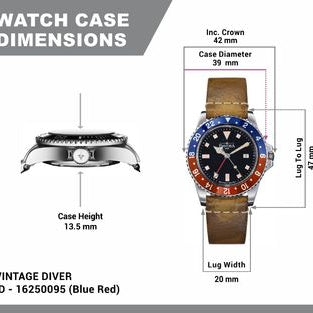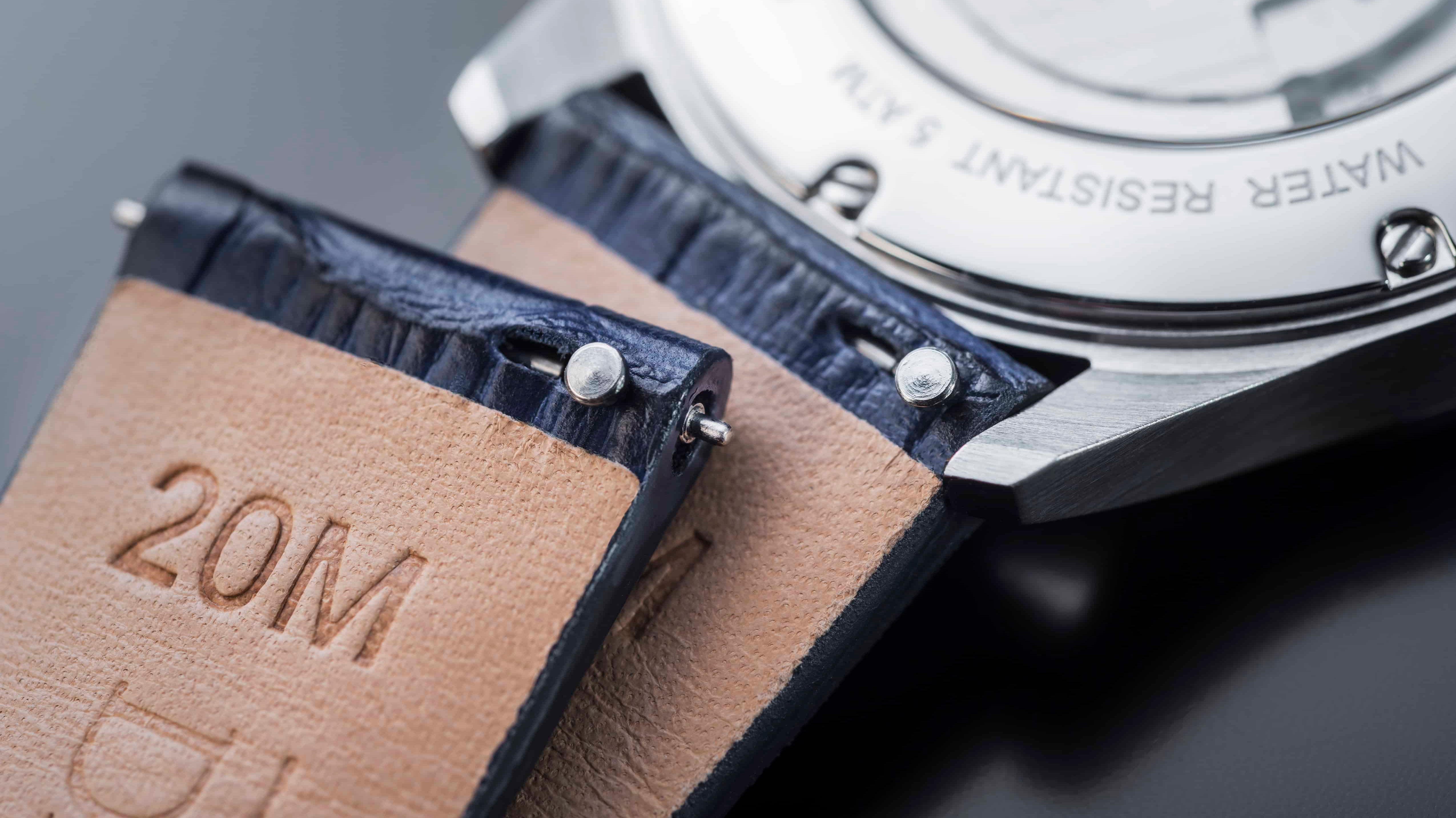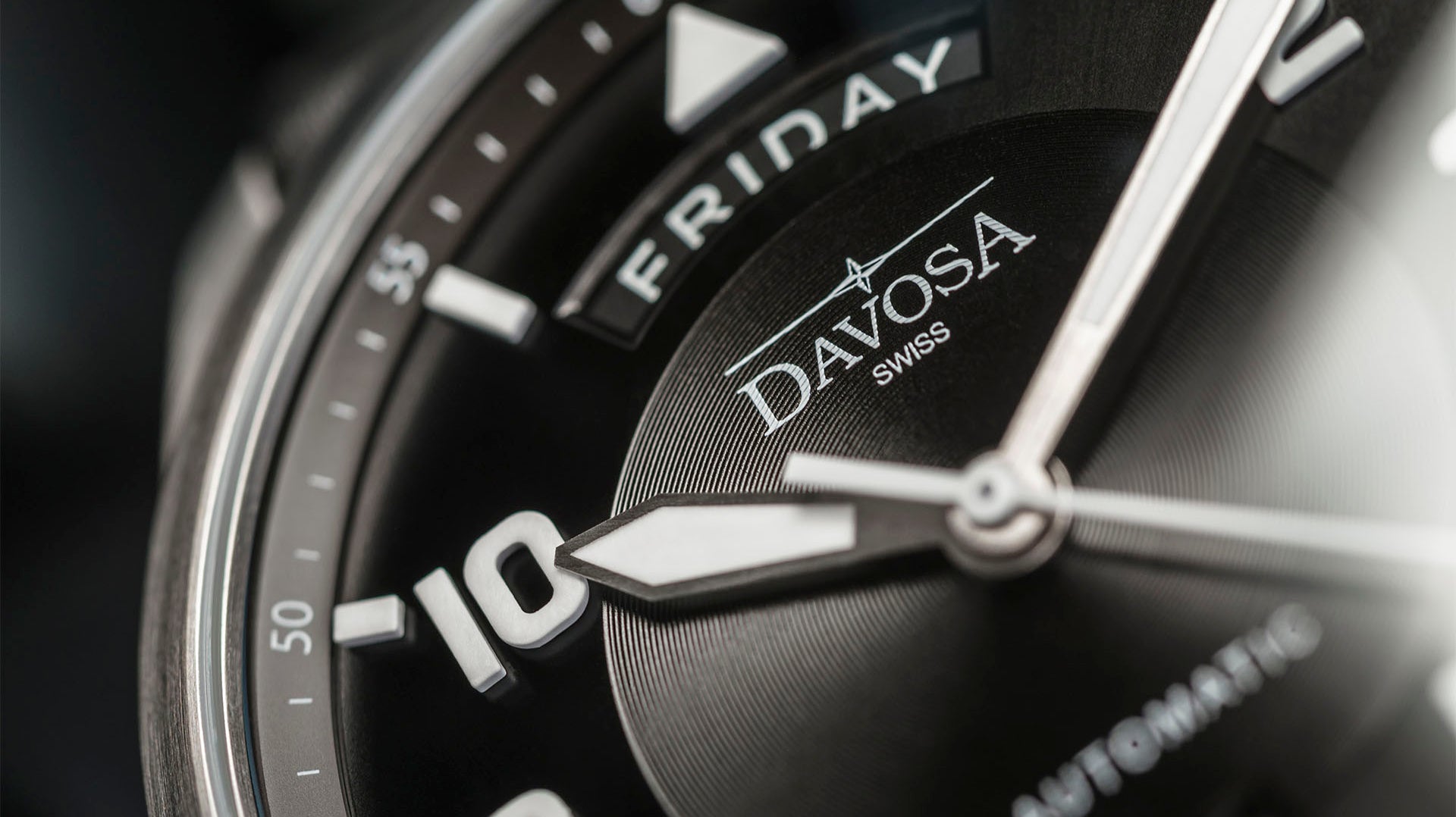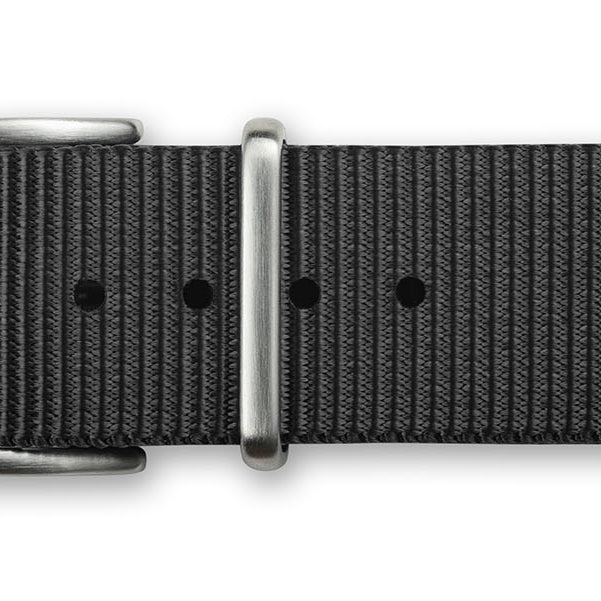Modern watchmaking has changed a lot since that fateful date of December 25, 1969, which saw the launch of the first quartz watch movement, the Seiko Astron. Although the first batteries in watches were already used earlier, the introduction of quartz movements has quickly established the importance of these small and practical tools that have then found wide use in their different shapes and sizes. That's why it is helpful to discover and know them to understand their characteristics and how to take care of them.

How long should a watch battery last?
In the beginning, we had manual watches, and then winding systems evolved to allow the building of automatic watches.
These timepieces represented a great achievement: they worked without having to be wound up every couple days. But even so, the automatic watches duration seemed too low, so watchmakers started to experiment with electronics in the Fifties and Sixties, eventually originating the battery-powered quartz watch.
The first batteries lasted a few months. And this happened because the first movements, consumed a lot of energy to work, and their construction techniques were rudimentary. But over the years, the batteries have significantly increased their power reserve, arriving to the current situation when a modern battery, that uses lithium-ion technology, has a resistance and a total capacity that lasts on average from two to five years.
Obviously, if the timepiece has several functions, the battery may last a little less, but if it drains too quickly, there is something wrong with the watch, and it is necessary to take it in for service to check where the problem lies.
How often should watch batteries be replaced?
Usually, a quartz watch has a second hand that runs in pulses, one per second. Some particular watches have different mechanisms, where the movement of the second hand is instead fluid. In both cases, however, as long as the hand is moving, the watch does not need a battery change, especially since there is a specific mode that shows us when a timepiece needs a new battery.

How do I know if my watch needs a new battery?
The problem of the power reserve of a watch, whether quartz or mechanical, has always been fundamental, especially in tool watches, so much so that the ISO6425 specifications specifically require that diver's quartz watches include a power reserve indicator. In fact, quartz watch movement manufacturers have inserted it in all mechanisms.
As we have already mentioned, the typical behavior of a quartz watch is that its second hand advance in one pulse every second. But in some cases, you see the hand "pulsing" every two or even three seconds. In this case, it means that the battery is low, and needs to be changed as soon as possible.
There is a potentiometer inside quartz movements that constantly measures the battery's remaining power. If it drops below a certain level, it sends the watch into a power-saving mode. When this occurs, and you see the second hand jerk forward every two or three seconds, it's time to change the battery.
Why do my watch batteries keep dying?
If the performance of a battery seems poor, i.e., below average - and let's remember that not all watches consume batteries in the same way - we're probably looking at a defective movement. And very often, the problem is found in the coil, which over time may have developed a defect - or the fault was a wrong move during a maintenance operation, where a tweezer sheared a wire in its delicate structure. This creates a higher "resistance" to the passage of electricity, resulting in the watch battery draining faster.
When faced with this problem, the best solution is usually to replace the coil. Still, it is also possible to replace the entire movement since, in most cases, a quartz movement has a relatively low cost, so replacement is usually less expensive than repair.
Does a watch battery last longer if you wear it?
No, in principle, the battery of a quartz watch has a life that does not depend on whether the watch is worn or not: however, other conditions make the battery of a timepiece last longer.
Modern lithium button cells used in watches have an optimum operating temperature of -40C° to +60C°, but they lose some of their effectiveness at lower temperatures. Similarly, if they are overheated, they can swell and release the materials they contain, risking irreparable damage to the watch's movement.
In addition, batteries are subject of oxidation. If, by chance, you notice that the batteries of your watch are oxidized, you must change them immediately to avoid the possibility of leakage of the solution contained within them.
One secret to increasing the quartz watches lifespan battery-wise is to pull out the crown: this stops the circuit from working and keeps the battery from draining (it just loses around 1% of its power every year). But, of course, the timepiece also stops showing the time, so it will have to be adjusted again if you want to wear it. In automatic watches, this is usually accomplished by using an electrical watch winder.

Which watch battery lasts longest?
All batteries found in stores have very similar characteristics. However, usually, it is best to buy watch-specific batteries, although the exact types can be used in different types of devices.
This means that - although there are no significant differences - watch-specific batteries (of which Renata - produced by the Swatch Group - is one of the best-known) may perform better than "generic" batteries produced by more well-known manufacturers such as Duracell and Energizer.
What is the most common battery for watches?
There is no such thing as the most common battery: there are literally dozens of different types, varying in diameter and height, and in some cases, in the type of battery as the solution contained within it. In addition, certain watches, especially older ones, require special batteries with reversed polarities.
Remember also that some batteries are rechargeable, although the majority are not. That is, once exhausted, they must be disposed of properly (batteries are among the most polluting objects that exist, so do not just throw them in the bin).
We must remember that it is necessary to employ precisely the type of battery suggested, and not another one, even if it looks very similar (maybe it is a little smaller or thinner). In the field of watchmaking, it is necessary to have exact correspondence to avoid future problems.
How much do watch batteries cost?
A watch battery costs a few dollars, although this depends mainly on its size. So if you need to change it, it will cost you very little. Usually, this is a fee that includes the cost of the battery and the installation inside the watch (a service which sometimes may not be precisely trivial).
You can proceed to the replacement by yourself, but do it only if you know what you are doing: even if it seems very simple, a wrong movement could ruin your movement since the components inside the mechanism are small and delicate, and repairing damage, especially with old movements, could not be easy. So, if you are not confident with changing a watch battery, better leave the task to an expert.

Main Takeaways
Although batteries seem like a trivial matter, there's a lot more to them than meets the eye, especially since there are so many button battery types out there, and over the years, manufacturing technology has come a long way, allowing for better performance and longer life, which directly affect the performance of our watches.


The Davosa-USA.com website is NOT affiliated in any way with Audemars Piguet, Franck Muller USA, Inc. Richard Mille or Richemont Companies, Seiko, or any other brand which is not Davosa Swiss. Rolex is a registered trademark of Rolex USA. Davosa-USA website is not an authorized dealer, reseller, or distributor for Rolex and is in NO WAY affiliated with Rolex SA or Rolex USA or any other brand besides Davosa Swiss. |



